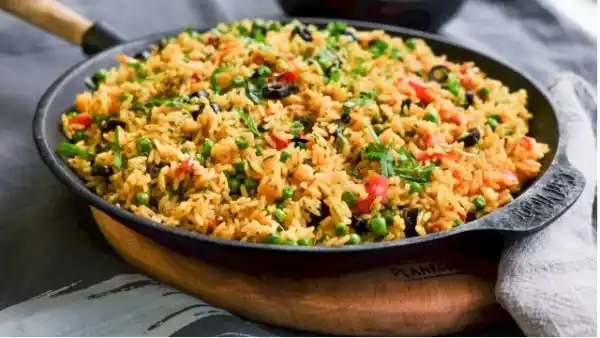It is fast and easy, but never lacking in flavour – that is the joyous thing about street food.
Street food is designed to fuel busy people who only have a little pocket change to spare and almost no time.
In celebration of Africa Month, below we take a look at the history of street food and Africa’s best street foods.
African street food is some of the best in the world. With over 50 countries on the continent, you will be able to find a variety of unique tastes and flavours.
African street food is a dish that is authentic to the culture it comes from. It is made and sold by locals, so when you eat street food, you are getting an immersive experience of the country and its people.
Street food, believe it or not, is actually an ancient food. It comes from ancient Greece, to be exact.
Research reveals that way back then, Greek street food consisted of bits of fried fish that were sold from street vendors at all times of the day. Its customer base encompassed mainly the lower classes living within the confines of Rome.
The lower classes favoured street food because their own homes did not come equipped with any means to prepare hot food for their families and themselves. So, no ovens and no hearths meant residents would take to the streets and purchase fried fish from vendors.
Here is a taste of some of the most popular African street food to discover.
7. Mopane worms
While the idea of eating insects provokes immediate discomfort, the delicious savours of Zimbabwe’s fried mopane worms have won the hearts of those who try them.
This is because not only are they so tasty, but they are also incredibly high in protein, iron, and calcium, and their consumption is ecologically-friendly. Mopane worms are eaten fried with tomatoes, onions, chillies, and peanuts.
8. Vetkoek
Vetkoek, literally meaning fat cake, is one of the most loved traditional dishes in South Africa. Vetkoek is something that is very popular in the townships, usually served with polony or cheese or even better, both.
It later progressed to inner cities due to the level of demand in areas around certain cities. While some people prefer buying, other people prefer making vetkoek themselves at their homes.

























